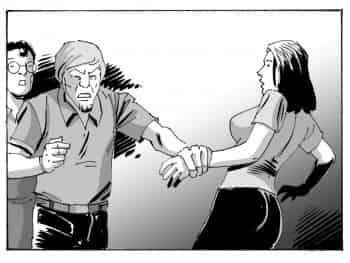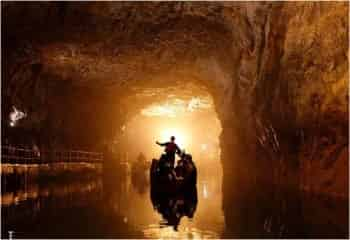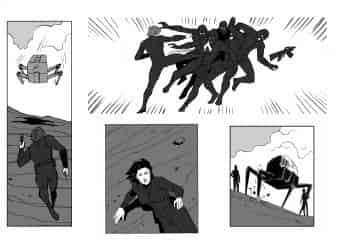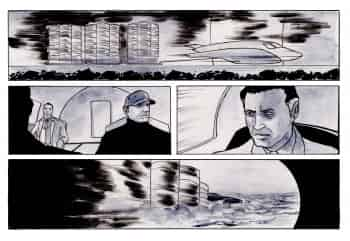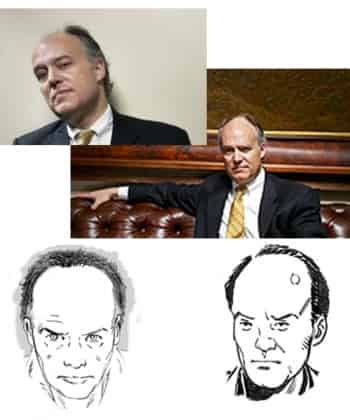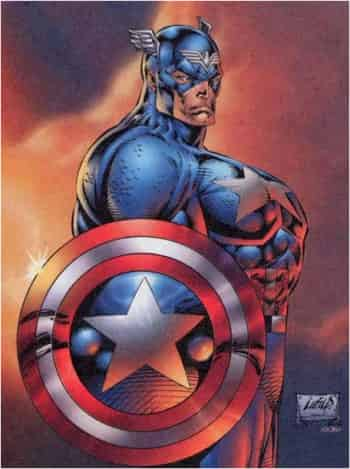
Image
Filling gaps
In a previous post, we posited that writers shouldn’t leave readers in the lurch about secondary events, but in the same breath, we admitted that writers can’t always know what’s coming up, plot-wise. We think our webcomic allows us to fill in some of these gaps. First, because our universe is separated into four storylines, we can handle several subplots at the same time. Then, by approaching them from different time periods, these subplots achieve their own pace. And lastly, because some storylines are not published chronologically, we can adjust as we go along to fill any plot holes that may appear.
For example, we had established that Gypsie and Tucker hated each other. This animosity drove Gypsie to discover Travis’ secrets. But once Gypsie got the Bunker, there had to be a period of time where these characters were bumping into one another. We hadn’t anticipated that. So in September 2015, we finally published a story showing one of these encounters, allowing us to fill in a plot gap. Also, since were writing the story anyway, why not suggest that something else may have intervened in Tucker’s destiny…
Maintaining the rhythm of our stories
When we started to put together the trilogy of confrontation, explosion and counter-offensive, we saw the opportunity to get Benson out of the Bunker to increase the tension between him and Wood. However, we felt there was a story missing between the time of Benson’s departure and the positioning of the assault team. So we developed “The Chasm.” We already had this story in the back of our minds, but decided this was the right time to flesh it out.
Touch-ups (The Confrontation – Part II)
Correcting a panel doesn’t always mean correcting something already drawn. It can also mean adding something in, or even adding pages. We asked our collaborator to add a new page to create a transition marking the end of the hostilities—for now. Also, it allowed a space for Cartier to reflect on events to come.
Too much muscle, not enough psychology
We’ve already spoken a few times about the super-proportioned physiognomy used to draw female characters. But Andrew Wheeler (“Why Big Superhero Muscles Aren’t the Same Thing as Sexy Curves,” comicsalliance.com, September 25, 2014) turns the tables and wonders if a similar phenomenon isn’t also affecting male superheroes. He asks female readers for their opinion. One replies: “Heroes tend to be drawn with tons of bulky muscles and weird proportions that I find unappealing.” It’s hard to disagree when we look at the illustration of Captain America.
We’ve stated it before in our Axioms, but we want our characters to have athletic physiques, like a cyclist or a soccer player, rather than a bodybuilder who spend 20 hours a day at the gym.
An example of a great sequence of panels
The accompanying image is just a part of a full page published in September 1969 and drawn by Georges Tuska. Made up of 12 panels, it shows Tony Stark being pursued by the police. The diversity of angles and rhythm created by the number of panels make this one of the most gorgeous pages published in comics in our opinion (of the ones we’ve seen, naturally). Despite its age, it is still relevant.


